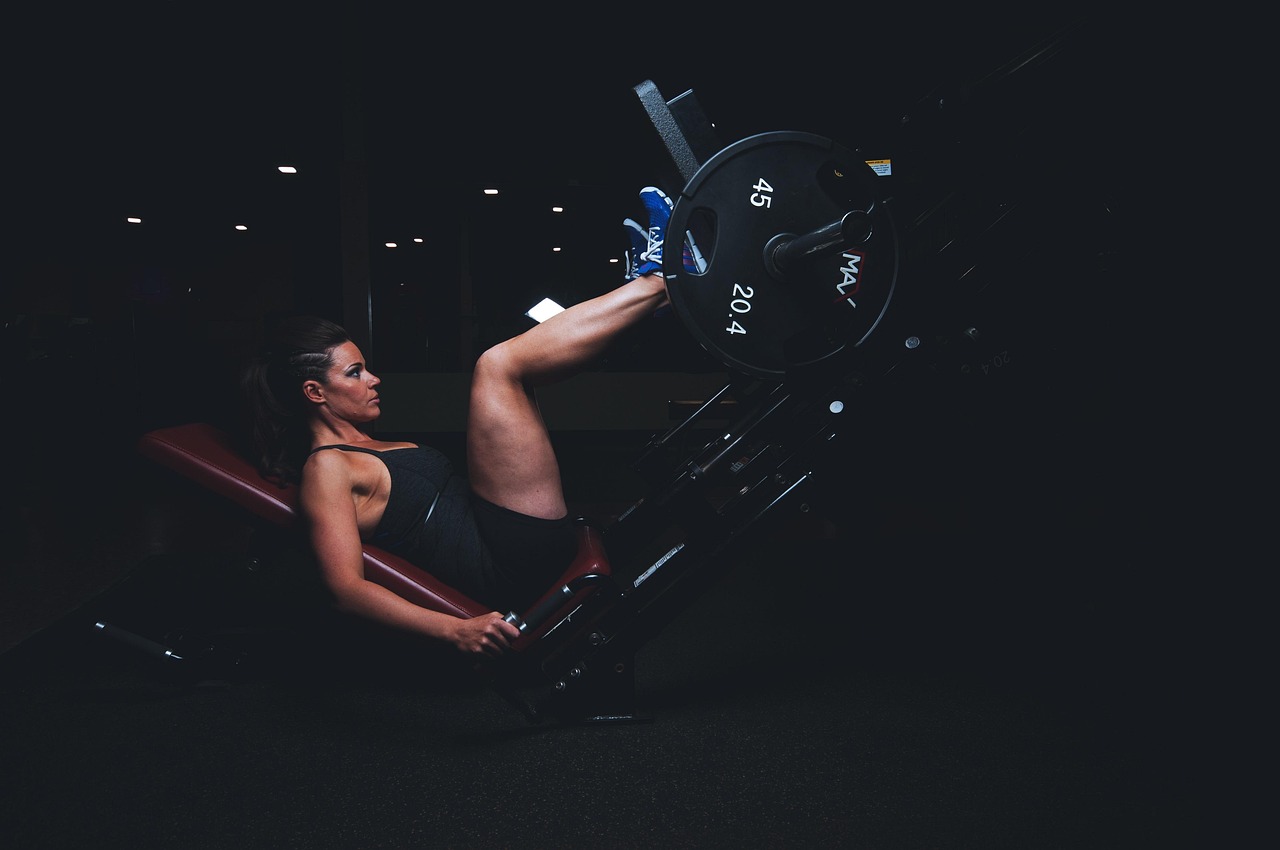25.02.2025
Why you shouldn’t skip leg day

Leg and lower-body workouts are a key part of a well-balanced fitness program which helps the development of strength and stability. Leg day is for many the most challenging part of their training routine, often filled with the most difficult and tedious exercises. It is common that this day is the most hated day for exercisers and that the muscle soreness and difficulties in walking that can follow leg day are treacherous for many.
Maybe the most obvious reason you shouldn’t skip leg day is that not raining legs can lead to an unbalanced and incorrectly structured body. Proportions and aesthetics are important to a lot of people who work out and having a discrepancy between the upper and lower body isn’t commonly considered attractive.
Some of the largest muscle groups are in the lower body, the quadriceps, glutes, and hamstrings. Studies have shown that intense, heavy-weight, training of these large muscle groups in the lower body is one of the best ways to increase the secretion of testosterone and growth hormone, which are both key for increasing muscle mass.
Besides this, exercises that include large muscle groups like these also demand more energy, which makes the body burn more calories to complete these movements. The muscles recover but also adapt to the stress they are exposed to, becoming bigger and stronger in expectation of more of this stress.
Increasing strength in the lower body also leads to increased stability which further affects performance in other exercises. The upper body and the exercises that encompass it are also affected by general bodily stability and strength, this leads to better performance in exercises no matter if they are conducted while standing, sitting, or lying down. Increases in stability also contribute to the prevention of injury and can help with lower back pain.
Leg workouts can be done in many ways. Different routines and training programs can be useful for different people and situations. Have this in mind when creating your program and choosing whether to do a “push-pull legs” split, an upper, lower split, or something else.
When should you skip leg day?
As with many things, there exist exceptions to the rule, increased stress can lead to inadequate recovery or even injury sometimes.
If you are feeling very tired, if you have very painful muscle soreness, or are sick, the better choice is probably to skip your workout and focus on recovery.
It is necessary to listen to your body and understand when it is ready for intense activity and when it isn’t. This will not only prevent further injury or immune system difficulties but will also lead to better results in the long run.
*This text is intended for informational purposes only. If you experience any symptoms, it is recommended that you seek advice from your doctor or a qualified healthcare professional.*
*Image taken from the site:https://pixabay.com/photos/adult-gym-athlete-dark-energy-1850925/
CSCS, T. T. (2023, November 9). Why “Don’t skip leg Day” is the first gym commandment. Men’s Health. https://www.menshealth.com/fitness/a45791083/never-skip-leg-day/
Ip, K., Kusyk, N., Stephen, I. D., & Brooks, K. R. (2023). Did you skip leg day? The neural mechanisms of muscle perception for body parts. Cortex, 171, 75–89. https://doi.org/10.1016/j.cortex.2023.10.006
Jakobsson, J., Theos, A., & Malm, C. (2021). Effects of Different Types of Lower Body Resistance Exercise on Upper-body Strength in Men and Women, with Special Reference to Anabolic Hormones. International Journal of Exercise Science, 14(3). https://doi.org/10.70252/dyrh9028
Your trusted partner in finding medical information. We offer access to reliable resources and make it simple for you to get in touch with qualified medical service providers. Our goal is to assist you in achieving optimal health through dependable information and ongoing support, whether it's advice, a physical examination, or expert consultation.